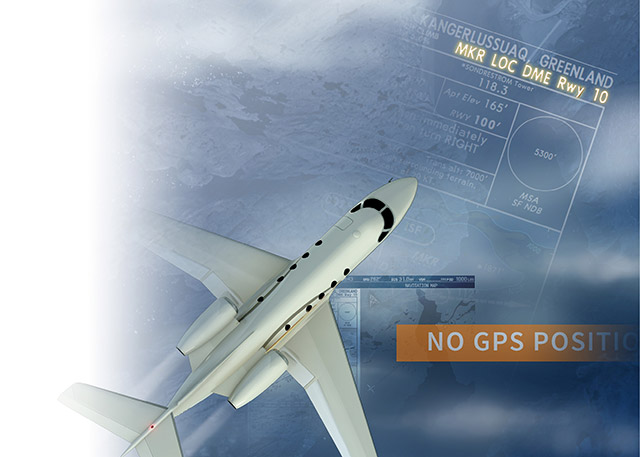
Weather isn’t the only factor
For light jet pilots, choosing an alternate airport for an IFR flight is often little more than an afterthought. Common flight-planning programs and services can provide a list of good-size airports with reasonable proximity to the destination, and a check of the forecast is typically the most thought given to picking an alternate. Most of the time, this approach will work out fine. Yet a closer look at systems failures might inspire a thoughtful pilot to take a more considered approach to alternates.
Consider the loss of both generators in one common light jet. When both generators are lost, the aircraft automatically enters a load-shedding situation that the pilot cannot override. Among other, less-critical items, the pilot will not have operational flaps and powered antiskid brakes. The first means the landing speed of the aircraft at a typical landing weight will increase from 100 KIAS to 130 KIAS. The latter means the kinetic energy of the aircraft (which has now increased 70 percent) must be dissipated using the relatively primitive emergency braking system. Without the compounding flap failure, a loss of normal braking requires 50 percent more runway, but when summed with the high approach speed, the aircraft now requires 225 percent of its normal runway. At sea level on a dry runway, this equates to a minimum of roughly 6,100 feet of pavement—and that’s if the pilot does everything perfectly; 7,000 feet or more is prudent.
In most of the country, diverting to a 7,000-foot runway shouldn’t require a dramatic amount of reserve fuel, but in more remote parts of the western United States or out of the lower 48, finding a nearby 7,000-foot runway can be challenging. Other light jets can face a similarly compounded landing emergency following a complete hydraulic failure requiring a no-flap and no-ground-spoiler landing. If the pilot doesn’t consider mechanical—not just weather—contingencies that may require diverting, he may end up with few good options.
Avionics degradation also can have implications for diversion requirements. It would have been unthinkable a decade ago to deliver a multimillion-dollar turbine aircraft without both DME and ADF equipment, yet it’s common in entry-level jets to see the aircraft lacking one, or sometimes both. With dual WAAS GPS receivers, a pilot doesn’t often need a DME or ADF; GPS can substitute for either in nearly any way needed.
As long as it’s working, that is. Talk to any pilot who’s spent a good bit of time in the air, and he or she will relate a moment when the GPS signal was degraded enough in a local area that all position and navigation capability was temporarily lost. Now imagine that this happens in IMC at a destination served by only RNAV and ADF approaches. Without GPS, some aircraft can’t execute either procedure and will need to divert.
Pilots with WAAS avionics are allowed to file an alternate that has only an RNAV approach, as long as they treat it as nonprecision for forecast weather minimum requirements. Perhaps this isn’t the best idea, and the pilot should ensure a non-RNAV approach at either the destination or alternate can be flown with the equipment available should a GPS signal loss occur. In some parts of the world—southern Greenland is a prominent example—no approaches can be flown without either DME or ADF (and typically both) if the GPS stops working. A pilot flying a crossing and needing a fuel stop in Greenland must be mindful of the approaches and distances involved, or the alternate selected might prove inappropriate.
Neil Singer is a Master CFI with more than 8,500 hours in 15 years of flying.
